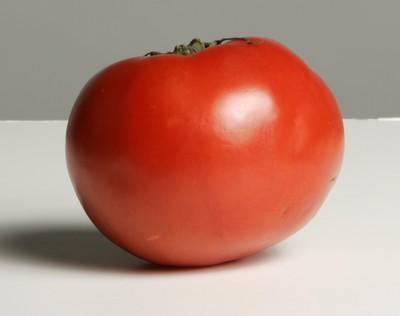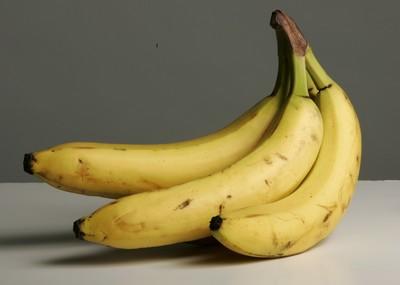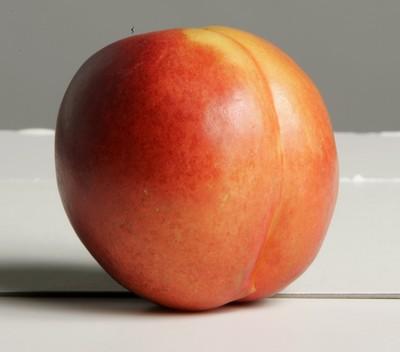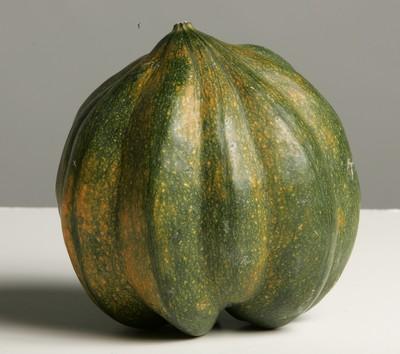PRIME PRODUCE








You may routinely toss your fruits and vegetables in the refrigerator after returning from the supermarket, but in most cases that’s not the best thing to do.
Many types of produce are shipped before fully ripe in an effort to minimize bruising, splitting and spoilage, and refrigerating before ripening can lead to flavorless, mealy fruits and vegetables. (Genetics aren’t the only reason those supermarket tomatoes so often end up resembling pink softballs.)
Herewith, some common produce items, with tips on ripening and storage.
AVOCADOS
To ripen, place in a paper bag at room temperature, adding an apple or banana to hasten the process; avocados should ripen in two to five days. After cutting, sprinkle with lemon juice to prevent discoloration and store in an airtight container in the refrigerator.
BANANAS
Store at room temperature, preferably suspended from a hanger or hook to minimize bruising. If bananas aren’t ripe, place them in a paper bag on the counter; an added apple or tomato will speed the process. Ripe bananas can be refrigerated, which will darken the skin but not affect the quality of the banana itself.
CANTALOUPE
Leave whole melon on the counter at room temperature for two to four days until it becomes softer and more juicy. Once it’s fully ripe, keep in the crisper section of the refrigerator, because the optimal storage temperature for cantaloupes is about 40 degrees, with humidity of 95 percent to 100 percent.
PEACHES, PLUMS, NECTARINES
If not fully ripe, do not refrigerate, which can adversely affect flavor and texture. Keep ripening stonefruit at room temperature in a loosely closed paper bag and check daily. After it has ripened (yields to gentle pressure), stonefruit can be kept in the refrigerator for a few days.
PINEAPPLE
Pineapples don’t ripen further after picking, so choose carefully. They should be stored in the refrigerator and will stay fresh for two to four days. After it’s cut, fresh pineapple should be stored in a tightly covered container in the refrigerator.
POTATOES AND GARLIC
Keep in a cool, dark place with good ventilation. In the case of both potatoes and garlic, moisture from refrigeration can encourage mold. In potatoes, warm temperatures encourage sprouting and shriveling, and direct light may give a green discoloration to the skin, making them inedible. If you have a lot of potatoes to clean: Place them flat in dishwasher racks and run through a cycle without soap. As for garlic: Don’t store raw garlic in oil, which can encourage botulism.
TOMATOES
Until they ripen — usually in one or two days — store at room temperature out of direct sunlight in a bowl or loosely closed paper bag. When they’re ripe (they’ll yield to gentle pressure and smell like tomatoes), store in a cooler spot, but above 55 degrees. Tomatoes can be refrigerated for a few days, if necessary, after they’re fully ripe.
WINTER (HARD-SHELLED) SQUASH
Store in a well-ventilated location of about 50 to 55 degrees. Do not store near ripening fruit, because the ethylene gas given off by ripening fruit shortens the storage life of squash. If stored properly, it will keep about five weeks to six months, depending on type and size.
— Sources: University of California, Dole, University of Illinois, Michigan State University, Tiny’s Organic, Ohio State University, North Carolina State University, Index Fresh, Washington State Potato Foundation, Produce Pete.


















